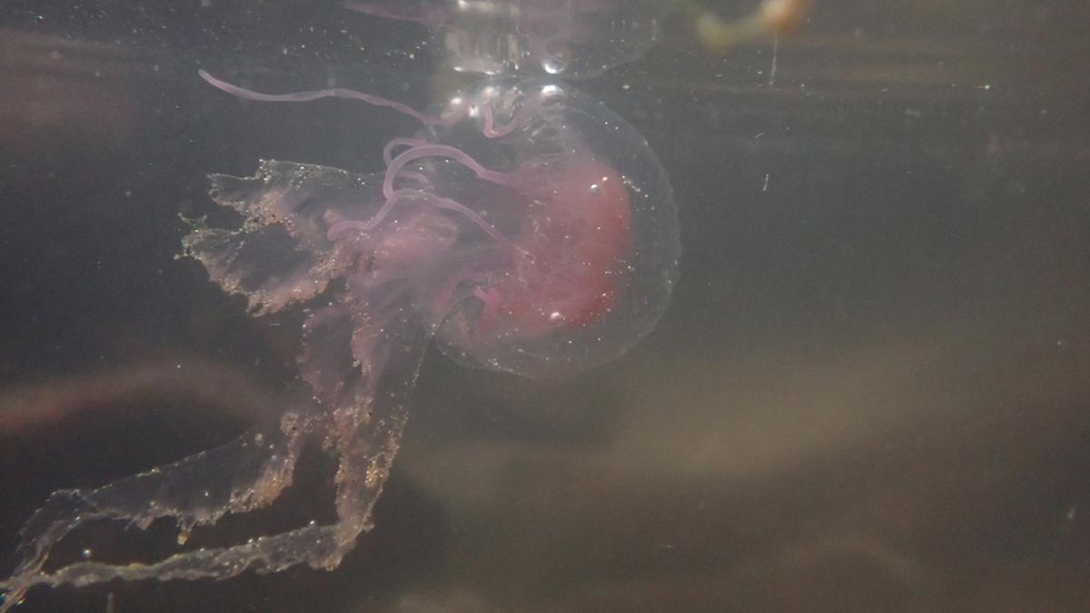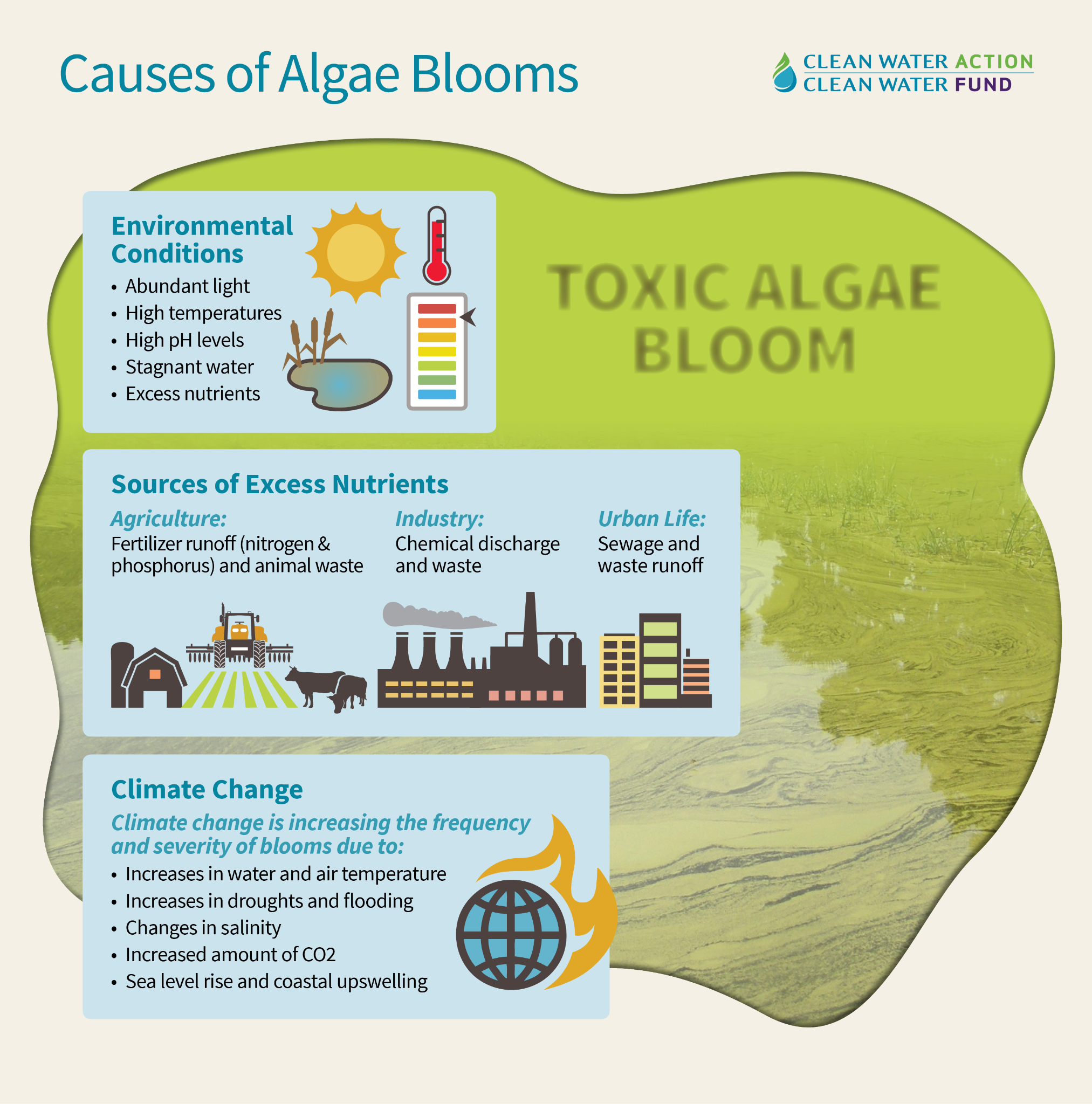- Courses
- GS Full Course 1 Year
- GS Full Course 2 Year
- GS Full Course 3 Year
- GS Full Course Till Selection
- Answer Alpha: Mains 2025 Mentorship
- MEP (Mains Enrichment Programme) Data, Facts
- Essay Target – 150+ Marks
- Online Program
- GS Recorded Course
- Polity
- Geography
- Economy
- Ancient, Medieval and Art & Culture AMAC
- Modern India, Post Independence & World History
- Environment
- Governance
- Science & Technology
- International Relations and Internal Security
- Disaster Management
- Ethics
- NCERT Current Affairs
- Indian Society and Social Issue
- NCERT- Science and Technology
- NCERT - Geography
- NCERT - Ancient History
- NCERT- World History
- NCERT Modern History
- CSAT
- 5 LAYERED ARJUNA Mentorship
- Public Administration Optional
- ABOUT US
- OUR TOPPERS
- TEST SERIES
- FREE STUDY MATERIAL
- VIDEOS
- CONTACT US
PURPLE-STRIPED JELLYFISH
PURPLE-STRIPED JELLYFISH
06-04-2024

A bloom of venomous jellyfish was reported by marine researchers across the Visakhapatnam coast on April 3. The species, Pelagia noctiluca, also known as the mauve stinger or purple-striped jellyfish, has a painful sting and causes different degrees of illnesses and can be life-threatening.
- Rarely seen on the east coast of India, several poisonous jellyfish species with a bell diameter of three to five centimeters long were spotted at RK beach and other parts of the coast frequented by tourists and visitors.
Characteristics of the Purple-striped Jellyfish:
- Appearance: It features a blue-purple (mauve) colored, globe-shaped umbrella covered in orangey-brown warts.
- Habitat: Found primarily in pelagic or open ocean, but can survive in benthic and temperate coastal environments.
- Distribution: Found in tropical and warm-temperature seas throughout the world, especially in the Indo-Pacific, the Atlantic Ocean and the Mediterranean Sea.
- Unique Feature: Unlike other jellyfish species, it has stingers not only on its tentacles but also on its bell. These stingers are bioluminescent, meaning they can glow in the dark.
- Venomous Effects: It is toxic and can cause varying degrees of illness, such as diarrhea, extreme pain, vomiting.
- Jellyfish Bloom: This occurs when the population of a species increases dramatically within a short period of time, usually due to high reproduction rates.
Marine biologists believe that the frequent occurrence of jellyfish blooms due to rising ocean temperatures is a significant factor in the increase in their populations.
FAQs:
Q1:What is an algal bloom?

- An algal bloom is an excessive growth of algae in a body of water.
- Algae can be microscopic, single-celled organisms or large seaweeds.
- Algae blooms can be green, blue-green, red, or brown, depending on the type of algae.
- Algal blooms can be caused by excess nitrogen and phosphorus.
- The algae consumes oxygen and blocks sunlight from underwater plants. When the algae dies, the oxygen in the water is consumed, making it impossible for aquatic life to survive.
Must Check: Best IAS Coaching In Delhi



